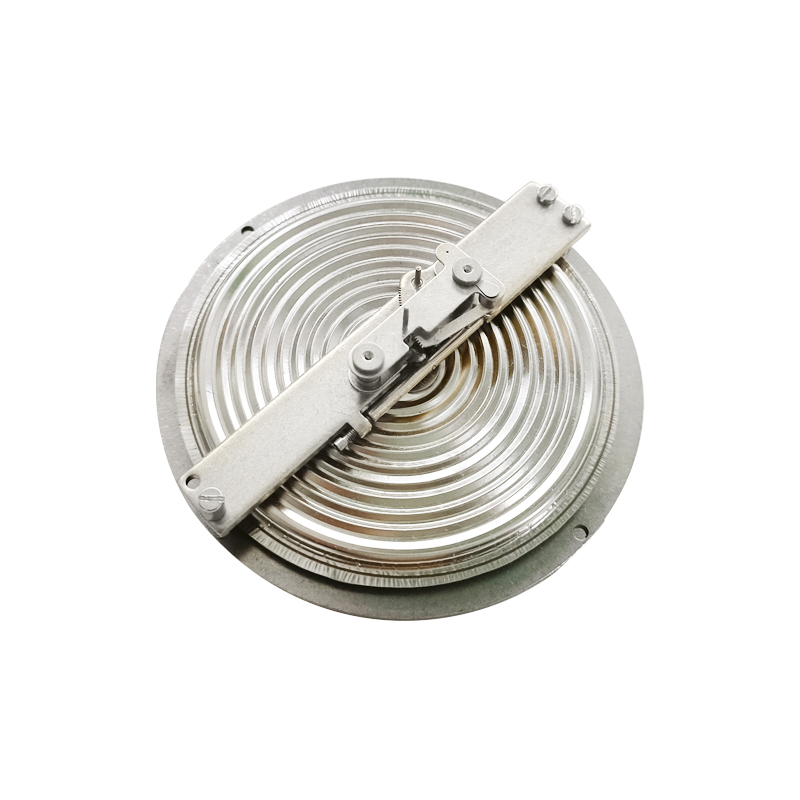
Nov . 04, 2024 12:35 Back to list
Diaphragm Type Differential Pressure Gauge Manufacturing for Accurate Measurement Solutions
Understanding Differential Pressure Gauge Diaphragm Type A Comprehensive Look at Factory Applications
Differential pressure gauges are an essential instrument in industrial applications, offering critical insights related to fluid flow, level, and filtration processes. Among the various types of differential pressure gauges, diaphragm-type gauges are particularly notable for their reliability and precision. This article explores their functionality, significance, and common applications in factory settings.
What is a Differential Pressure Gauge?
A differential pressure gauge measures the difference in pressure between two points within a system. It is instrumental for monitoring variables such as filter performance, flow rate in pipes, and the liquid levels in tanks. By assessing pressure differences, operators can make informed decisions regarding maintenance and operational efficiency.
The Diaphragm Mechanism
The diaphragm mechanism is central to the functionality of diaphragm-type differential pressure gauges. Typically constructed from materials like stainless steel, rubber, or PTFE, the diaphragm serves as a flexible membrane that responds to pressure changes. When pressure is applied, the diaphragm flexes—moving in response to the difference between the two pressure sources. This movement is then transmitted to a pointer or an electronic signal, which indicates the differential pressure on the gauge.
The inherent design of a diaphragm enables these gauges to provide accurate readings even in challenging environments, such as those with high humidity, corrosive substances, or extreme temperatures. This makes them particularly suitable for factory settings where conditions can fluctuate significantly.
Advantages of Diaphragm-Type Gauges
1. Robustness Diaphragm-type gauges are built to withstand harsh conditions, making them ideal for many industrial applications. Their materials can resist corrosion and wear, prolonging service life and ensuring reliability.
2. Precision These gauges offer high accuracy, allowing for precise monitoring of pressure differentials. This precision is critical in processes where minute changes can lead to significant operational impacts.
differential pressure gauge diaphragm type factory

3. Versatility Diaphragm sensors can be used in various applications, including HVAC systems, filtration monitoring, and liquid level measurement in tanks. They can handle gases, liquids, and slurries with ease, catering to a broad spectrum of industrial needs.
4. Ease of Readability Many diaphragm-type gauges have clear dials and readings, enabling operators to easily monitor pressure levels at a glance. Some models also feature digital displays, which can provide additional data analytics and real-time monitoring solutions.
Applications in Factory Settings
In factory environments, differential pressure gauges are commonly used in the following applications
- Filtration Systems Monitoring the differential pressure across filters ensures efficient operation and timely maintenance. A significant change in pressure differential may indicate that a filter is clogged and requires replacement.
- Fluid Flow Measurement By measuring the differential pressure in flow systems, operators can calculate flow rates and adjust processes accordingly. This is particularly valuable in managing production lines and ensuring product quality.
- Tank Level Monitoring Differential pressure gauges can assess the level of liquid in tanks by measuring the pressure difference between the bottom and the top of the liquid column. This application is vital in chemical manufacturing, water treatment, and oil refining.
Conclusion
The diaphragm-type differential pressure gauge is a powerful tool for industrial operations. Its robust design, precision, and versatility make it an invaluable asset in factory settings. As industries continue to demand higher efficiency and lower operational costs, the role of differential pressure gauges will only grow in importance, ensuring optimal performance across various processes. In the ongoing evolution of manufacturing, investing in high-quality differential pressure gauges will aid in achieving operational excellence and safety.
-
High-Precision 5 Valve Manifold Differential Pressure Gauge Suppliers
NewsApr.29,2025
-
High-Precision Diaphragm Vacuum Pressure Gauges Manufacturers & Quotes
NewsApr.29,2025
-
Omega Differential Pressure Gauges High Accuracy & Durability
NewsApr.28,2025
-
Low Pressure Differential Pressure Gauges Precision Solutions & Quotes
NewsApr.28,2025
-
Digital Diaphragm Pressure Gaauge Precision Measurement & OEM Quotes
NewsApr.28,2025
-
Differential Pressure Gauge China Price High-Accuracy & Best Quotes
NewsApr.28,2025
